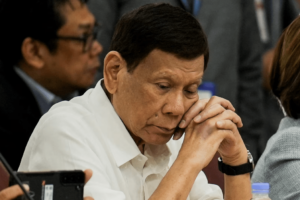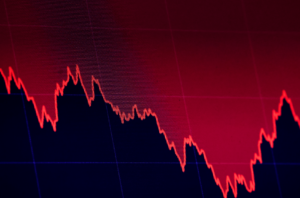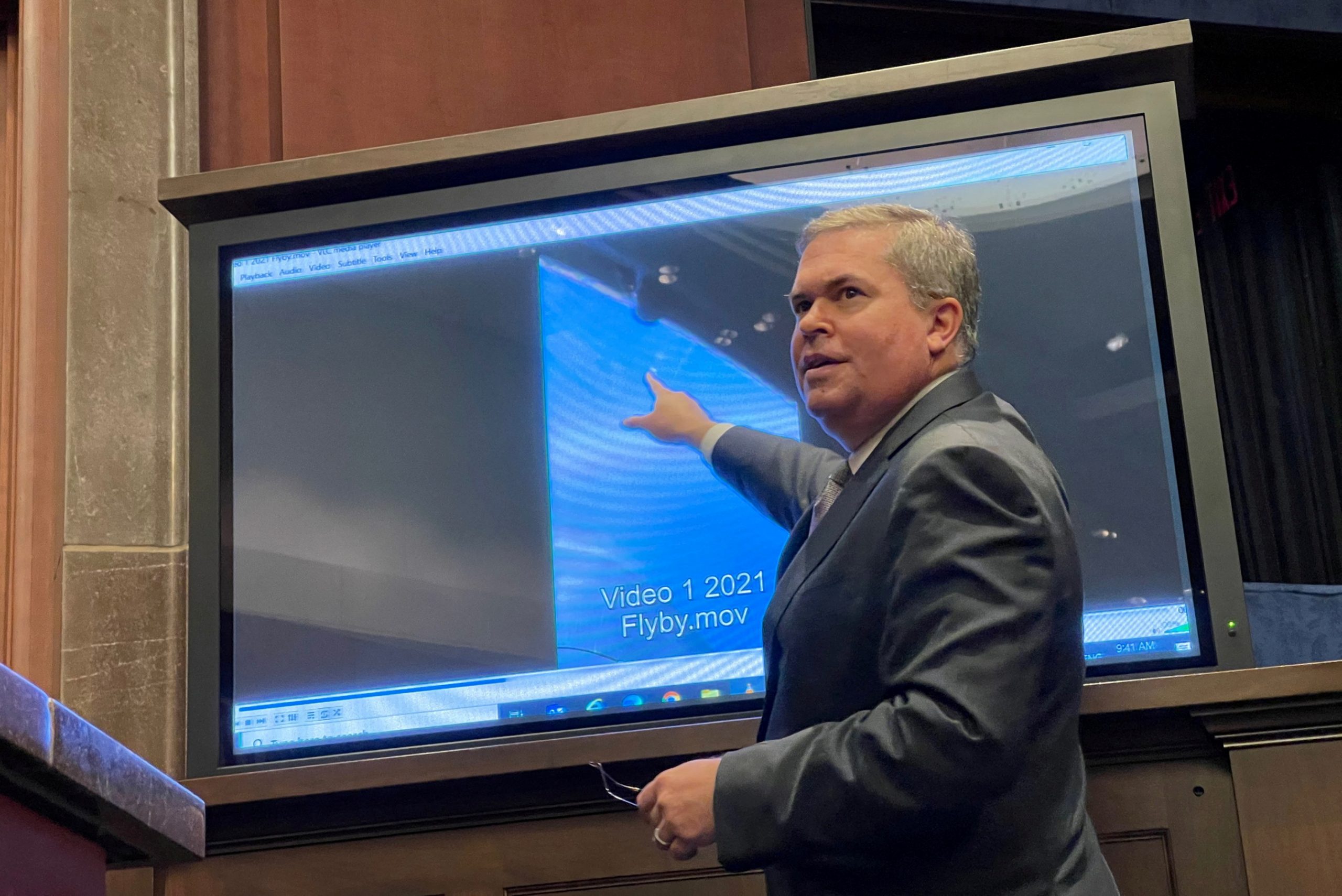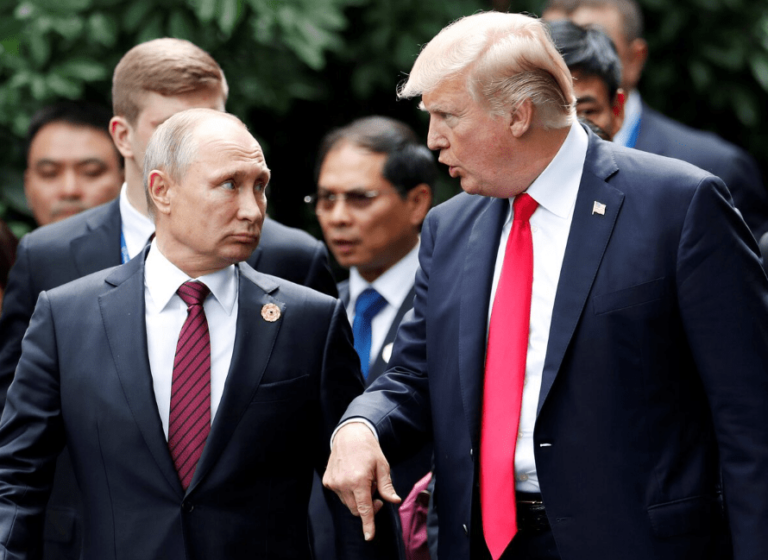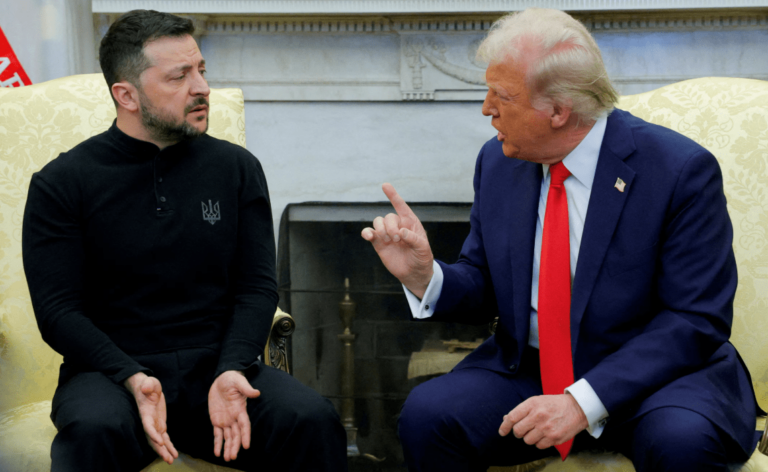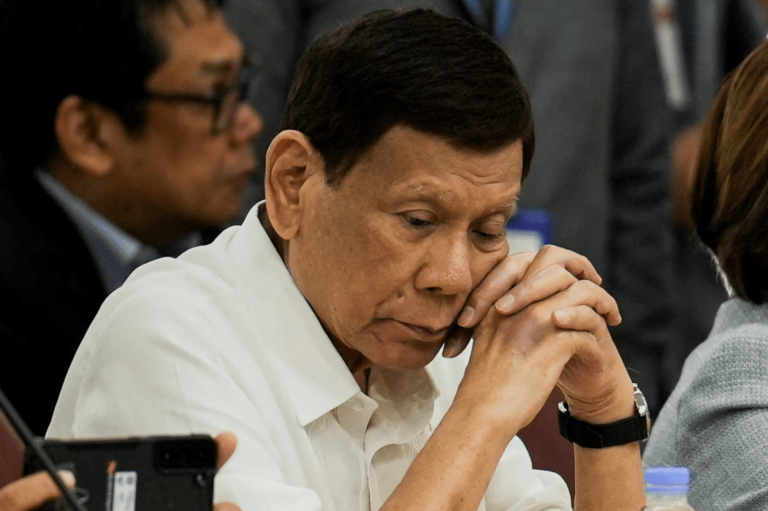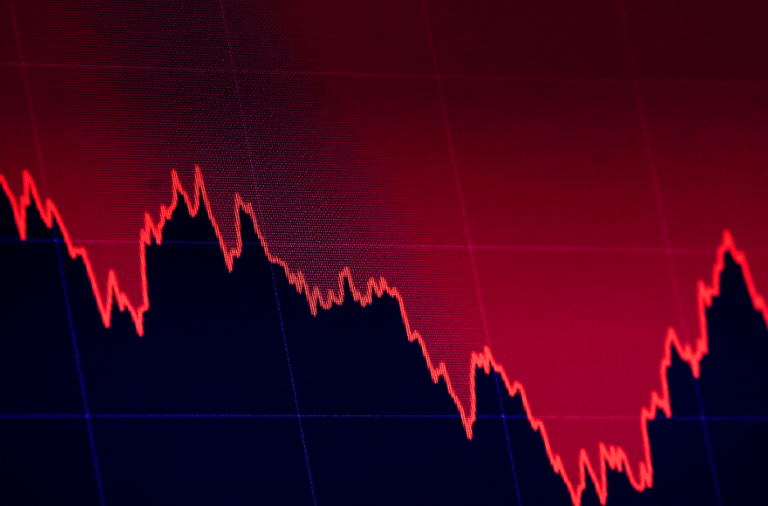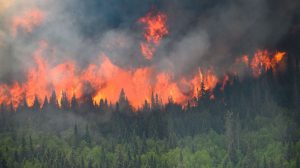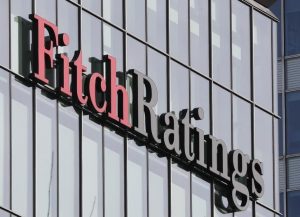In a much-anticipated congressional hearing on UFOs, three military veterans took the stand to share their remarkable encounters with unidentified aerial phenomena (UAPs). Amid discussions of secret programs and unexplained sightings, the focus shifted towards enhancing reporting processes and removing stigma for aviators who report such phenomena.
A former Air Force intelligence officer claimed that the U.S. government operated a clandestine “multi-decade” program, reverse engineering recovered vessels, and possessing non-human “biologics” from alleged crash sites. However, the Defense Department denied any verifiable information to substantiate these claims.
Retired Maj. David Grusch, now a whistleblower, revealed that he was denied access to certain government UFO programs, yet he knew the precise locations of UAPs in the U.S. He offered to disclose further details behind closed doors, sharing information gathered from over 40 witnesses during his tenure with the UAP task force.
Two other veterans recounted their encounters with inexplicable aircraft. Retired Cmdr. David Fravor described an eerie encounter with a “Tic Tac”-shaped UAP that demonstrated extraordinary capabilities, leaving him in awe of its “incredible technology.” Similarly, former Navy fighter pilot Ryan Graves testified about a dark gray or black cube within a clear sphere that defied conventional explanation.
The hearing also addressed the need for a “safe and transparent” centralized reporting system to encourage aviators to report UAP sightings without fear of repercussions. The goal is to enhance national security and flight safety by understanding these phenomena better.
Public interest and political pressure have led to increased transparency regarding UAP encounters, although many sightings have been attributed to mundane objects like drones or birds. The Pentagon’s released videos, in particular, have fueled public curiosity.
The hearing aimed to push intelligence agencies for more transparency about UAPs, framing them as matters of national security. The witnesses expressed hope that such openness would foster more reporting, providing crucial insights into these mysterious phenomena and alleviating the stigma around reporting them.
As the session concluded, it became evident that this historic hearing is just the beginning, with potentially far-reaching implications on the nation’s understanding of UAPs and their impact on safety and security.


